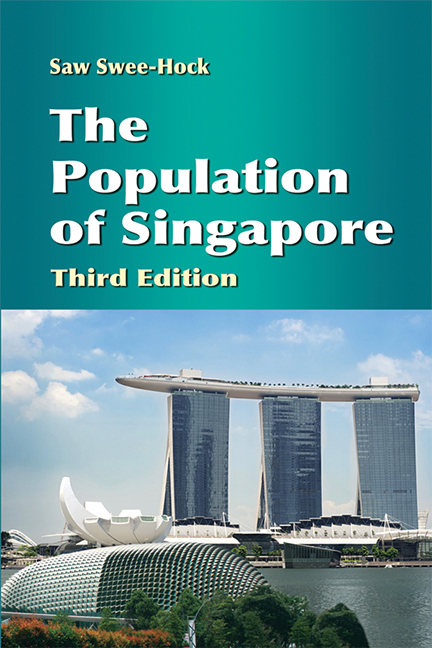Book contents
- Frontmatter
- Contents
- List of Tables
- List of Figures
- Preface
- Preface to Second Edition
- Preface to Third Edition
- 1 Background
- 2 Population Growth and Distribution
- 3 Changing Population Structure
- 4 Migration
- 5 Mortality Trends and Differentials
- 6 Marriage Trends and Patterns
- 7 Divorce Trends and Patterns
- 8 Fertility Trends and Differentials
- 9 Family Planning, Abortion and Sterilisation
- 10 Fertility Policies and Programmes
- 11 Immigration Policies and Programmes
- 12 Labour Force
- 13 Future Population Trends
- Appendix
- Bibliography
- Index
9 - Family Planning, Abortion and Sterilisation
Published online by Cambridge University Press: 21 October 2015
- Frontmatter
- Contents
- List of Tables
- List of Figures
- Preface
- Preface to Second Edition
- Preface to Third Edition
- 1 Background
- 2 Population Growth and Distribution
- 3 Changing Population Structure
- 4 Migration
- 5 Mortality Trends and Differentials
- 6 Marriage Trends and Patterns
- 7 Divorce Trends and Patterns
- 8 Fertility Trends and Differentials
- 9 Family Planning, Abortion and Sterilisation
- 10 Fertility Policies and Programmes
- 11 Immigration Policies and Programmes
- 12 Labour Force
- 13 Future Population Trends
- Appendix
- Bibliography
- Index
Summary
Population policies refer to those adopted by a government to influence the course of population trends and patterns in the country.1 Some examples are immigration policies regulating the inflow of foreigners into the country, mortality policies affecting the general health of the people, population distribution policies governing the movement of people within the country, and fertility policies affecting the reproductive behaviour of the population. There are two types of fertility policies — those designed to encourage childbearing and those meant to discourage childbearing. Those policies adopted by the government to persuade people to produce more children in order to raise the rate of population growth are known as pronatalist policies, while those meant to do the exact opposite are known as antinatalist policies.
In Singapore, the government adopted a strong antinatalist stance in the mid-sixties and introduced a comprehensive population control programme over the years to accelerate the decline in fertility and hence the rate of population growth. The programme consisted of four major components: government family planning, induced abortion, voluntary sterilisation, and incentives and disincentives aimed at reducing fertility.2 The rapid decline in fertility to replacement level in 1975 and the continuation of fertility below this level led to major changes in the programme in 1987 in order to encourage more births. Before this, some eugenic measures were introduced in 1984 to improve the quality of the population.
PRIVATE FAMILY PLANNING PROGRAMMEM
Birth control as a means of spacing children and limiting family size has long been practised by couples in Singapore on an individual basis, sometimes with the advice of doctors and friends and the use of family planning literature. The idea of providing family planning services to the masses was discussed probably in the thirties, culminating in the suggestion for the establishment of a family planning society in the leading article of an English newspaper in 1938.3 But nothing positive came out of this recommendation and it was not until a decade later that such a society was formed.
The need for providing family planning services to the general public was debated again immediately after World War II when the country was confronted with widespread social and economic problems, particularly food shortages. The Social Welfare Department, with the assistance of voluntary workers, set up numerous food centres to feed the starving population, especially the children.
- Type
- Chapter
- Information
- The Population of Singapore , pp. 187 - 208Publisher: ISEAS–Yusof Ishak InstitutePrint publication year: 2012



